When one or more of your arteries (the vessels that carry blood to your heart) has a narrowing or blockage, your doctor may recommend a coronary angioplasty. This procedure uses a tiny balloon to open up a narrow or blocked heart artery. By physically widening the artery, normal blood flow is quickly restored.
The interventional cardiology team Adventist Health Northwest Heart Center has performed thousands of these procedures in Portland. We’ve helped many patients get back to normal heart function and regular routines in no time at all.
Blocked arteries
Arteries are just 1/8 of an inch in diameter. Over time, waxy plaque (such as cholesterol) can build up and narrow the arteries. This makes it harder for blood to flow, so the body has less access to oxygen-rich blood.
When this happens, the arteries tighten or get blocked. They’ll need medical intervention to remove the blockage.
How coronary angioplasty works
Patients begin in the cardiac catheterization lab. They are sedated before the angioplasty begins.
During the procedure, a tiny balloon at the tip of a thin tube is placed in the blocked artery. The interventional cardiologist guides the tube and balloon into and through a blood vessel in the groin. This technique is called cardiac catheterization.
A special dye is injected through the catheter and into the arteries to make the blood vessels visible on an X-ray and help the cardiologist see the blockage.
Once the balloon is perfectly positioned in the affected artery, it is inflated with a high amount of pressure to widen the narrow or blocked artery by crushing the blockage against the artery walls.
Once the blockage is removed and the artery is widened, a stent (a small, wire mesh tube about the size of a ballpoint pen spring) is inserted into the artery using the catheter to help keep the artery open. The role of the stent is to reduce the chance of that artery becoming restricted in the future. In addition, some stents may be coated with medication to help keep the artery wide and open.
The entire procedure usually takes 45 minutes to an hour. Most patients feel no pain, with only slight discomfort for a few seconds in their chest area.
Symptoms of a blocked artery
If you feel like you are having a heart attack or acute medical emergency, always call 911.
If you have symptoms of a blocked artery, you should get the help and advice of a heart specialist. These symptoms include:
- Shortness of breath
- Nausea
- Heart palpitations
- Weakness/dizziness
- Excessive sweating
- Tightening of the chest
- Intense chest pain (also called angina)
Your Northwest Regional Heart & Vascular cardiology team treats your symptoms and evaluates your overall heart and medical health to determine if coronary angioplasty is right for you.
Call to schedule an appointment with an Adventist Health Northwest Heart Center interventional cardiologist:

